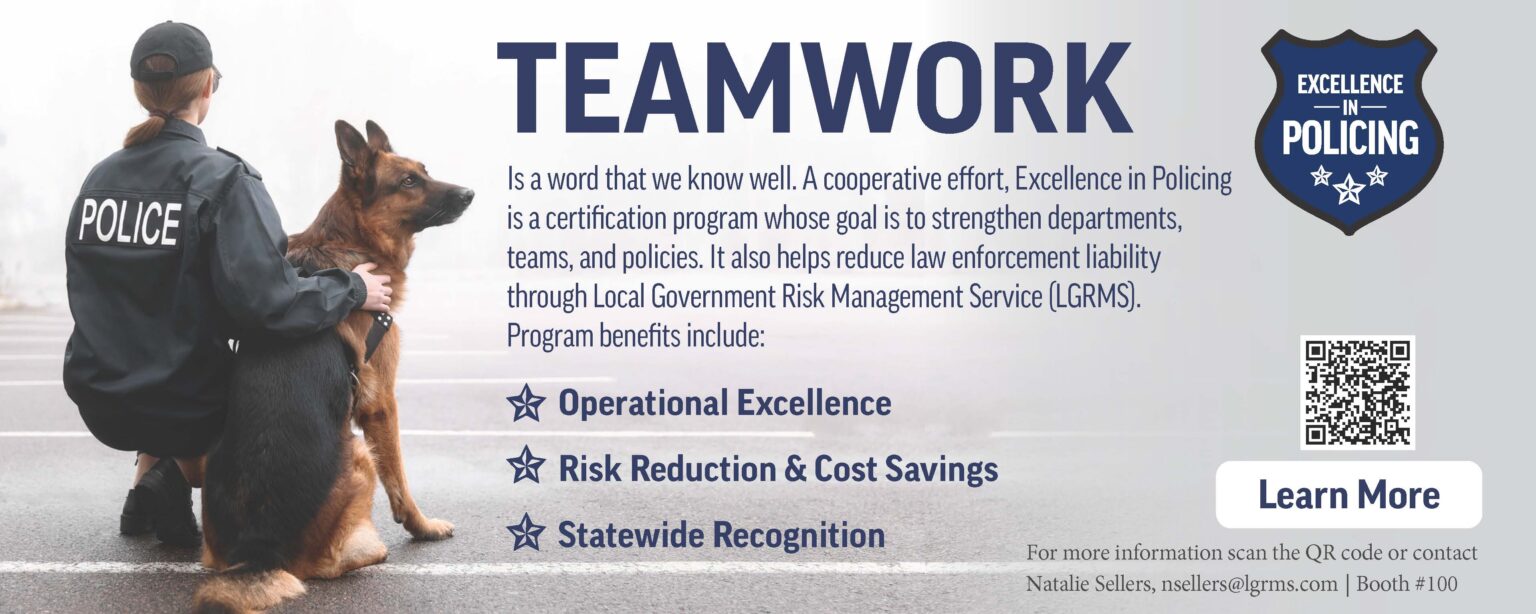
Research
Spring | 2025

Zombie Leadership: Dead Ideas that Still Walk Among Us
Spring | 2025
This article provides an intense and comprehensive approach to identify and address obsolete perceptions of leaders and the negative impact they have on nations, organizations, and people. Capitalizing on a concept from John Quiggin’s book, Zombie Economics, the authors articulate how a “commitment to an older set of ideas that resolutely refuse to die” continues to have a negative effect on organizational leadership. Zombie leadership is not based upon critical thinking or empirical research but continues by catering to particular groups. This leadership industrial complex is founded upon false premises that suggest:
- Hierarchical organizations with strong leaders are needed to maintain social order of the masses who are incapable of looking after themselves.
- Leaders are special persons who possess distinctive characteristics that are different from those of followers.
- Any success an organization enjoys is the result of a leader’s actions.
To provide a better understanding of zombie leadership, the authors describe eight axioms that form its foundation.
Leadership is All About Leaders
Zombie leadership focuses on those in upper management and ignores lower ranking supervisors and informal leaders. Leadership training fails because it focuses on the ‘formal’ leaders and does not include followers or the relationships integral to success.
There Are Specific Qualities All Great Leaders ‘Have’
This axiom stereotypes characteristics great leaders possess such as height, education, intelligence. In reality, there is probably no trait or characteristic that has not been attributed to leadership at some time.
There are Specific Things All Great Leaders Do
Oftentimes, leaders are identified by the changes or reorganizations they initiate as compared with focusing on stabilizing the operations. The followers’ perception of change may be different than that of the formal leader. As a result, these initiatives often fail.
We All Know a Great Leader When We See One
Individuals are recognized as leaders if they are perceived by others as possessing and ‘embodying values’ they value. However, these perceptions are not universal and often conflict.
All Leadership is the Same
The perception of leadership evolves, and changes based on biases, time, and the context of the group being led. For example, we tend to see historical leaders differently. Lincoln is viewed by many today as being “above partisan politics and an emblematic president, but at the time he was seen as being deeply divisive.”
Leadership is a Special Skill Limited to Special People
This suggests there is a huge disparity between high-ranking leaders and followers. Only a few persons in top positions are thought to possess the skills, talents, and abilities to lead. By attracting top talent, leadership will ‘trickle-down’ to everyone else in the organization. Those in top positions are placed on a proverbial pedestal that focuses on big issues and have nothing to do with addressing common problems and meeting deadlines. This often leads to a chasm being created between formal leaders and mid-level as well as rank and file employees. This approach often inhibits initiative and the exchange of problem-solving ideas.
Leadership is Always Good, and it is Always Good for Everyone
This suggests that everything associated with leadership is positive and good. Advocates argue when leaders do something bad it is an aberration and a manifestation of something else. Those things good for the leaders and their organization are good for everyone.
People Cannot Cope Without Leaders
This perception leads others to depend on a singular leader and cannot exist without them.
While each of these axioms may have a ‘kernel of truth’, they are offensive and discriminatory. Even more problematic, this mindset alienates followers and undermines their motivation. “By focusing on formal leaders results in only recognizing, training, selecting, and nurturing the few in these positions.” At the same time, ignoring all the other individuals within the organization leads to a failure to develop individuals and create a cohesive team.
Contrary to this obsolete perception and approach to leadership, the authors note academic researchers’ consensus definition for leadership as “the process whereby one or more people motivate one or more people to contribute to the achievement of collective goals by shaping beliefs, values, and understanding in context.”
Therefore, leadership can be accurately described as having characteristics that include:
- Leadership is grounded in relationships and connections between leaders and their followers.
- It is not the accomplishment of the leaders but those of their followers. This is accomplished through influencing followers to want to accomplish organizational goals.
- Ultimately, these activities are a group process.
Strategies for Overcoming Zombie Leadership
The authors identified four overarching strategies for defeating Zombie Leadership:
- Recognize its Components: The first step is to breakdown the characteristics of zombie leadership. Only formal leaders have the qualities and characteristics to lead others, it sets them apart from ordinary people. As a result, all the organization’s or group’s success is attributed to the formal leader.
- Return to the Consensus Definition of Leadership: Leadership is founded in relationships and connections. Without followers there is no leadership. This requires the leader to not force followers to perform tasks, but to influence them to want to accomplish them.
- Recognizing the Costs: By failing to recognize the impact and achievements of individuals, followers are alienated. Leaders become narcissistic, complacent, and resistant to feedback and input from others. Ultimately, this leads to reduced productivity and impact.
- Creating and Championing Alternative Theoretical and Practical Approaches: It is critical to better understand the concept of leadership beyond formal leaders. It is a process in which everyone can and should participate. To accomplish this, it requires ongoing and continuous connections between leaders and their followers. Finally, organizations must prioritize maintaining an on-going approach to enhance leadership development of all individuals and groups.
After providing a stinging critique of academic leadership researchers, the authors provide two factors to successfully addressing on-going reliance on an out-date perception of leadership.
First, to recognize and acknowledge the seriousness and increased costs posed by a continued reliance on 19th century ideas in the 21st century.
Second, these ideas must be presented in a manner to a wide range of individuals, groups, and organizations outside academia.

Alex Haslam

Mats Alvesson

Stephen D. Reicher
Alexander Haslam, Mats Alvesson, and Stephen D. Reicher, “Zombie Leadership”, The Leadership Quarterly, Vo. 35, Issue 3, June 2024. https://doi.org/10.1016/j.leaqua.2023.101770



















